
Research presented at the 2018 ASM Microbe Meeting has reinforced the value of the just-approved next-generation aminoglycoside antibiotic, plazomicin, in treating multidrug-resistant Enterobacteriaceae.

Research presented at the 2018 ASM Microbe Meeting has reinforced the value of the just-approved next-generation aminoglycoside antibiotic, plazomicin, in treating multidrug-resistant Enterobacteriaceae.
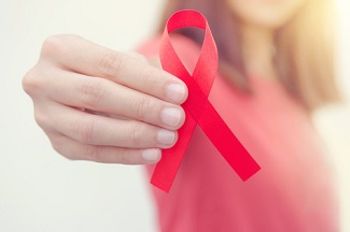
New study reports that many individuals with a higher risk for HIV are not being offered an HIV test by their health care provider.

The new edition is fully electronic and makes key changes related to antimicrobial resistance and HIV.
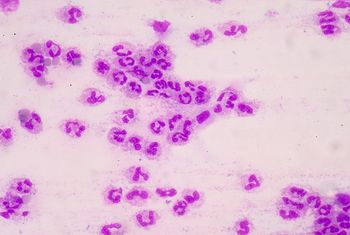
Researchers have uncovered key pathways that increase resiliency to sepsis in children.
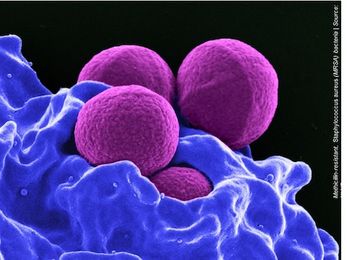
Skin and soft tissue infections appear to be on the decline in the general population, but individuals with HIV have a higher risk.

The FDA has accepted an NDA and granted Priority Review for Genentech’s baloxavir marboxil for the treatment of acute, uncomplicated influenza in individuals aged 12 and older.
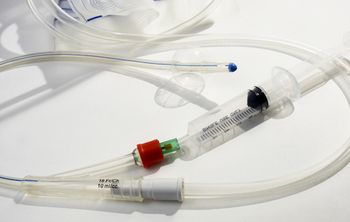
Catheter-associated urinary tract infections (CAUTIs) account for about 40% of all nosocomial infections in hospitals and nursing homes.

The US Food and Drug Administration has approved plazomicin (ZEMDRI) for the treatment of complicated urinary infections (cUTI) in adults aged 18 and older.

Researchers have detected herpesviruses, HHV-6A and HHV-7, in the brains of patients diagnosed with Alzheimer’s disease.
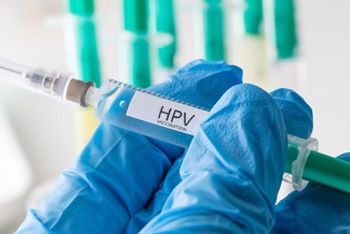
The women who received the HPV vaccine showed lower rates of severe dysplasia which can lead to cervical cancer.

In case you missed them, we've compiled the top 5 articles from this past week.

SCY-078 has demonstrated potent activity against Aspergillus and Candida, recent data suggests.
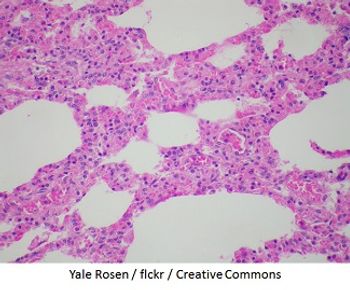
Researchers find that testing pregnant mothers for the respiratory syncytial virus is rare and can often result in a misdiagnosis of pneumonia.
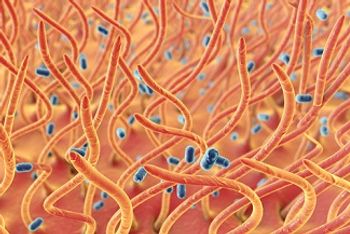
A UNC study suggests receiving the Tdap vaccine during pregnancy could close the gap of vulnerability to pertussis between birth and the first DTaP vaccination.

Study results appear to indicate that conceiving while on ART poses a greater risk of stillbirth and miscarriage; however, further analysis revealed a lack of association between ART & poor outcomes.

The American Society for Microbiology’s (ASM) annual meeting, held June 7-11, 2018, in Atlanta, Georgia, featured results of numerous studies on and advancements being made in infectious diseases. Here are 5 key takeaways from the meeting.

An Ebola virus outbreak that began in the DRC in May has been the first in which a new vaccine and several therapeutic drugs have been available, and health officials around the world are praising the response.
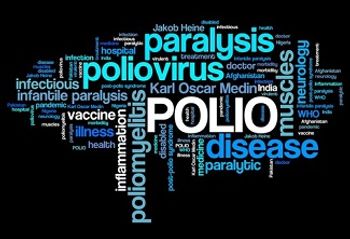
A reported case of the deadly disease was a misdiagnosis, but it is still a warning sign of the troubles facing the South American country.

ViiV Healthcare study results suggest a 2-drug regimen may control HIV in treatment-naïve patients.
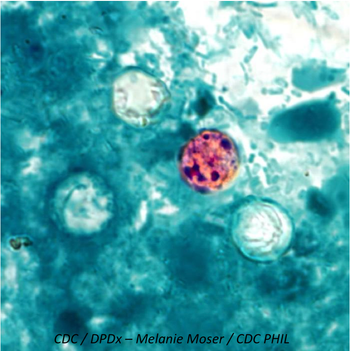
The CDC and FDA are investigating a multistate outbreak of Cyclospora linked with vegetable trays produced by Del Monte Fresh Produce.
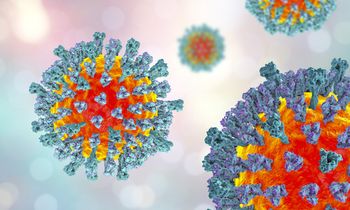
Researchers are calling for an end to nonmedical exemptions for vaccines in the 18 states that still allow them, saying several metropolitan areas are now vulnerable to measles outbreaks.

Get the scoop on presentations on these topics from ACPI 2018.

The CDC has linked Kellogg’s Honey Smacks Cereal with a multistate outbreak of Salmonella.

New study finds a decrease in S aureus infections in NICU following new guidelines for parent cleansing prior to skin-to-skin contact.

A new study underscores the importance of IP staffing and activities, but will we finally listen?
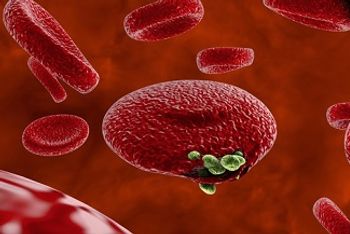
A new analysis finds samples of capillary blood are more likely than venous blood samples to indicate the presence of malaria.

In case you missed them, we’ve compiled a list of the latest recalls posted this week.

Stay up-to-date on the latest infectious disease news by checking out our top 5 articles of the week.

The FDA seeks a permanent injunction against a company selling unapproved hand sanitizers that claim to be effective against infections from several pathogens.